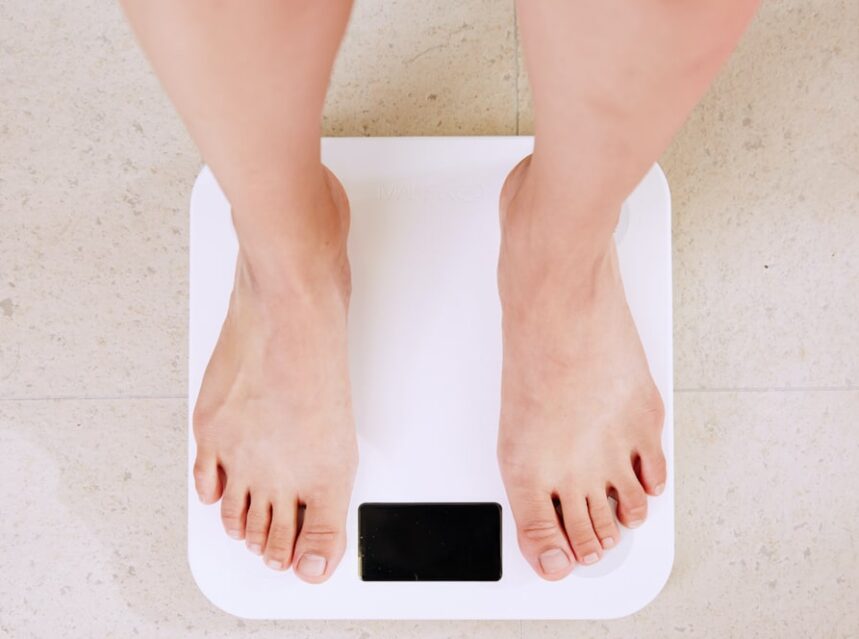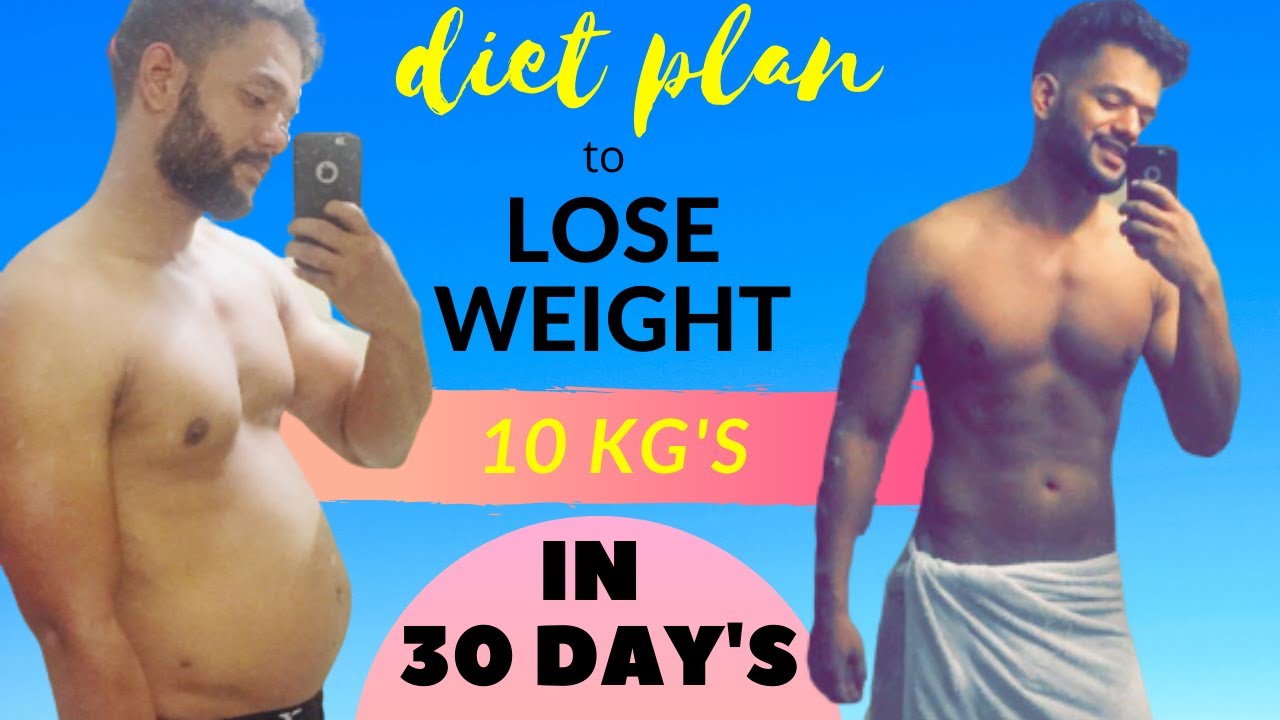
Cardio and strength training are both important for weight loss. Cardio exercises can help increase metabolism and burn calories. Strength training helps burn fat while keeping your muscles strong. You can get the best results from both kinds of exercise if you combine them. You can learn more about the benefits strength training has on weight loss. You may be surprised by the results of both types.
Combination exercises help to increase muscle growth, and fat burning
Complementary exercises are a great way to increase muscle mass and fat burn during strength training for weight loss. Many of these exercises target multiple muscles at once. If you do these exercises correctly, your results will be quicker. This is how compound exercises can help you get faster results.

Resistance training raises post-exercise Oxygen consumption
The body uses a large portion of an individual's energy budget for resting. This REE should be increased to help with weight control and health promotion. In guidelines for weight loss, resistance training is now included. This form of exercise increases postexercise Oxygen Consumption (EPOC), while increasing muscle mass for the long term. These benefits include weight loss, improved health, and overall better general health.
Strength training can improve posture
Poor posture is more than just a problem for your physical health. It affects your mental state as well. A study published in Health Psychology found that people with good posture have higher self-esteem, less fear, and a better mood. While strength training, perform exercises that strengthen the muscles which pull you up from a slumped position. They include the shoulder external rotators, neck extensors and mid-back muscles. In addition, they strengthen your core, glutes, and back muscles.
It improves metabolism
Strength training increases your metabolism. Lifting weights raises your heart rate and means your body uses more fuel. Muscle has a high metabolism rate and can burn calories and fat even while at rest. Your metabolism can remain elevated even after you stop doing intense weight training. This phenomenon is known as excess post-exercise oxygen intake (EPOC).

It burns calories
Weight training and weight exercises have two main benefits: lean muscle building and fat reduction. Lean muscle is extremely metabolic and burns a lot more calories than any other kind of tissue. Strength training also stimulates EPOC, or excess post-exercise oxygen consumption. This can continue for up to 38 hours following your workout. Unlike cardio, strength training continues to burn calories even after your workout has ended.
FAQ
What foods should I consume during an intermittent fast to lose weight
The best way to lose weight is to cut out carbs. This means that you should cut out carbohydrate-based foods like bread, pasta and rice.
You'll also want to avoid eating too much protein because it keeps you full longer. You won't feel as hungry.
Instead, choose foods rich in healthy fats. These foods can keep you satisfied for hours after they are eaten.
It's important to make sure you're drinking plenty of water, too. Water helps you to stay hydrated which makes it easier for you to lose weight.
This could be because you find you really crave these foods when fasting. This doesn't mean that you must give in to your cravings. You might gain more weight if you do.
To prevent overeating, try keeping an eye on how much you consume throughout the day. When hunger strikes, drink a glass of water instead of reaching for another snack.
This might sound counterintuitive, but it's actually been proven to help you slim down. A study published in Obesity found that participants ate fewer calories when they drank plain water than sugary drinks.
Plain water was also shown to reduce hunger. If you want to lose weight, avoid sweetened beverages and drink water.
It doesn't take much to lose weight. Instead, try to make small changes in your life.
You can swap your breakfast sandwich for an oatmeal bowl. Or swap your afternoon cookie for a piece of fruit.
These simple changes will help you shed weight quickly and without spending a lot of time in the kitchen.
Why is exercise important for weight loss?
The human body is an incredible machine. It's designed to move. Our bodies are designed to move, whether we're running, swimming or biking, lifting weights, doing sports, jumping rope, walking or standing still.
Exercise also burns calories and improves muscle tone. This makes you feel better physically and mentally. People may have heard that exercising is important for weight reduction. But how can this be true?
-
Exercise improves metabolism. When you exercise, your body uses energy. Moving makes your heart beat faster and blood flows more quickly to your muscles. Your lungs also absorb oxygen. All these activities use energy. Your metabolic rate increases, which means you'll burn more calories while exercising. Burning calories is how much energy your body uses during physical activity.
-
Exercise reduces appetite. You will eat less when you exercise, and you will eat fewer calories during the day.
-
Strength is built through exercise. Muscle tissue needs more energy to function than fat tissue. Therefore, if you build lean muscles mass, you will not need as much food to maintain your current weight.
-
Exercise releases endorphins. Endorphins are hormones that make you happy. They are released into the bloodstream during exercise. Endorphins have been shown to prevent pain signals from reaching your brain. This creates a sense of well being.
-
Exercise boosts self-esteem. People who exercise regularly tend to have higher self-esteem. They live longer, healthier lives.
Small changes are the best way to lose weight. These tips can be added to your daily routine.
What foods will help me lose weight more quickly?
By eating less calories, you can lose weight quicker. This can be done in two ways:
-
Reduce the amount of calories that you consume each day.
-
You can burn more calories through exercise.
It is not easy to reduce the calories you consume. There are calorie-laden fast food options all around us. Here are some foods that can help you lose those extra pounds.
-
Beans are rich sources of fiber, protein, and other nutrients. Beans are low in fat and therefore a great choice for those who are trying to cut down on their caloric intake.
-
Oatmeal is low in calories but high in nutrients like magnesium and potassium. It also has less sugar than most other cereals.
-
Eggs are rich in protein and cholesterol. Consuming eggs at least once a week can increase your metabolism and help you burn more calories.
-
Whole grain bread can reduce hunger pangs, so you might feel fuller for longer.
-
Dark chocolate contains antioxidants and flavonoids that have been linked both to better cardiovascular health and lower blood pressure.
-
Cottage cheese is high in calcium, which helps to build strong bones. It also provides a good source of vitamin D, which boosts immunity.
-
Salmon is packed with omega-3 fatty acids, which promote brain development and improve cardiovascular function.
-
Green tea is chock-full of catechins, compounds that fight cancer and increase metabolism.
-
Broccoli has a lot of folic, which can lower homocysteine in the blood. A higher risk of developing heart disease and stroke is associated with high homocysteine levels.
-
Yogurt, which is low in sugar, is a great option to add probiotics to your diet. Probiotics are essential for digestive health.
-
Berries make a great snack and are very nutritious. Blueberries, strawberries, blackberries, raspberries, and cranberries are all excellent sources of vitamins and minerals.
-
Avocados are full of healthy fats. A half avocado contains 80 calories and plenty of fiber.
-
Nuts are delicious snacks that also provide a lot of protein. Almonds, cashews, hazelnuts, pecans, walnuts, and pistachios are all great choices.
-
Sweet potatoes are another starchy vegetables that are high in beta carotene. They make your skin glow. The orange variety is particularly beneficial because they contain higher amounts of beta carotene than regular sweet potatoes.
What can I have in the morning when I'm intermittently fasting?
Get water in the morning. This helps you feel fuller quicker and gives you energy for the rest of your day. If you want to add flavor, try adding lemon juice or cucumber slices.
Statistics
- According to a study sponsored by the American Council on Exercise, a person weighing around 140 pounds (64 kg) would burn 108 calories at a 30-minute beginner's Pilates class or 168 calories at an advanced class of the same duration (26). (healthline.com)
- Among women, the increase in metabolic rate was nearly 4%, or 50 more calories per day (14Trusted Source (healthline.com)
- It's estimated that half of all American adults attempt to lose weight every year (1Trusted (healthline.com)
- According to Harvard Health, it's estimated that a 155-pound (70-kg) person burns around 167 calories per 30 minutes of walking at a moderate pace of 4 mph (6.4 km/h) (5). (healthline.com)
External Links
How To
How to Intermittent Fasting
Intermittent eating is a way to lose weight that you only have one day of the week. It's usually Monday through Thursday. This allows you to reduce your calorie intake and still get adequate nutrition. This is believed to help you burn more fat than if your meals were regular throughout the week.
The most common form of IF involves restricting calories only on certain days of the week. This would be a way to skip breakfast and eat whatever you want throughout the day. You can also opt to eat three small meals a day instead of two large.
Many forms of intermittent fasting are available, such as alternate day fasting (5/2 fasts), 8/4 fasts and 16/8 fasts. There are pros as well as cons to each form of intermittent fasting. Alternate day fasting is the easiest way to start out because you don't have to make any major changes to your lifestyle. However, for some people it can be difficult to follow a strict diet, so they may prefer to explore other options.
I recommend alternate-day fasting if you're starting an intermittent fasting regimen. This will allow your lifestyle to be gradually altered while you transition into more extreme fasting.